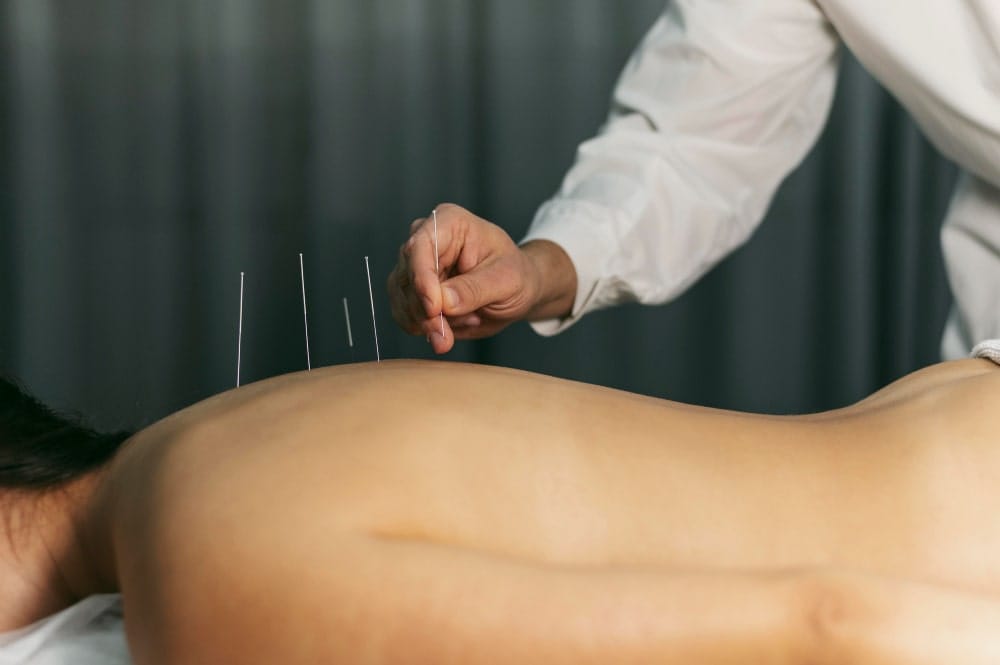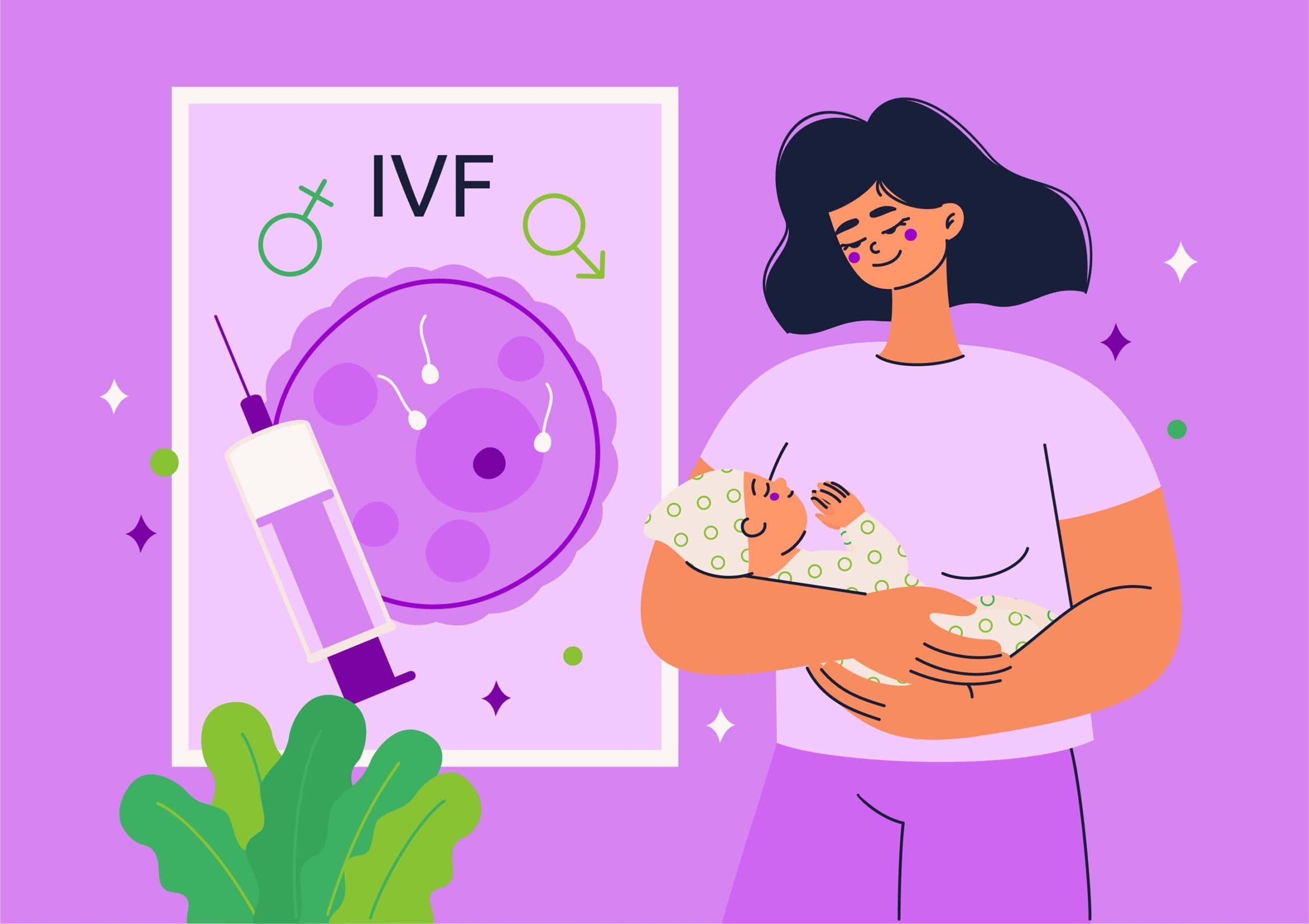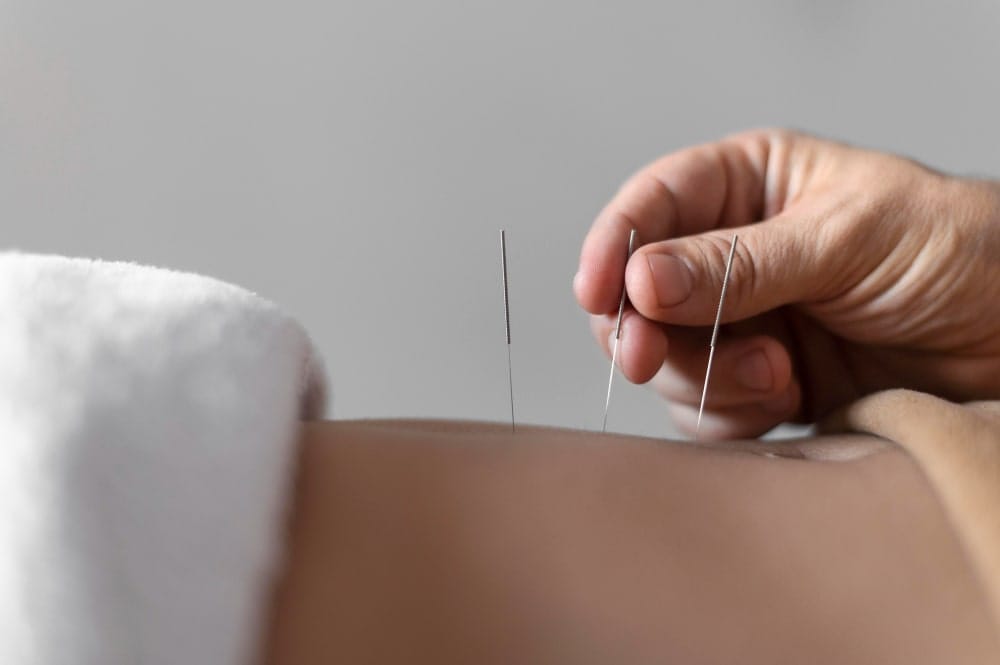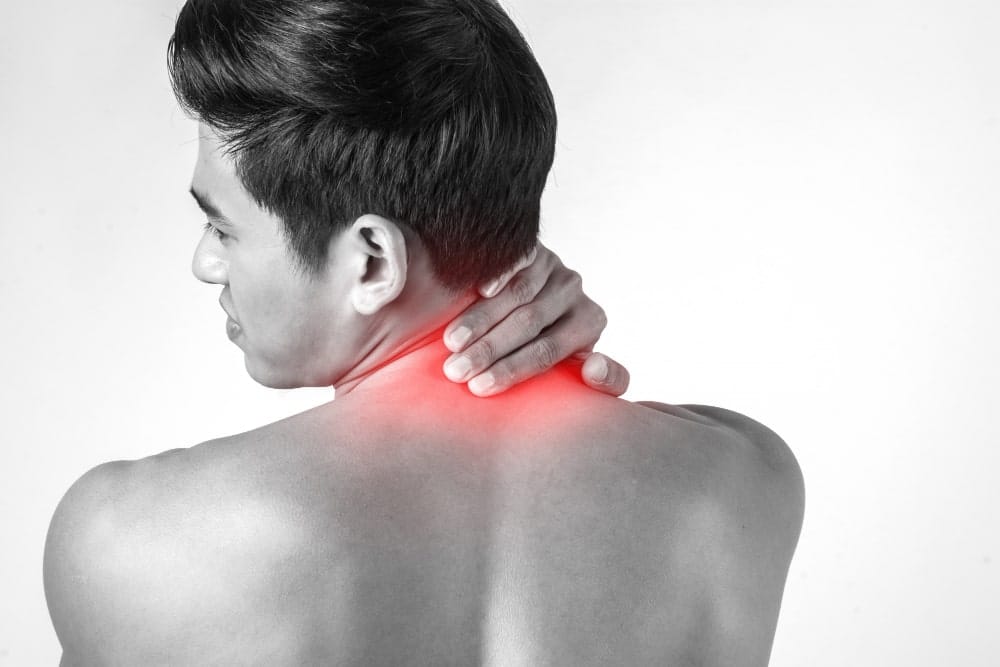Tensor Fasciae Latae (TFL) pain can be a frustrating and persistent issue, often affecting mobility, causing discomfort in the hip region, and leading to secondary problems such as iliotibial band (IT band) syndrome. While conventional treatments such as stretching, physical therapy, and medications offer some relief, acupuncture has emerged as a highly effective alternative for managing TFL pain. This ancient practice targets the root causes of discomfort by improving blood circulation, reducing muscle tension, and promoting natural healing.
In this comprehensive guide, we will explore how acupuncture helps alleviate TFL pain, its impact on the TFL and IT band, and why it is becoming an increasingly popular choice for those struggling with chronic hip and thigh discomfort.
Understanding Tensor Fasciae Latae Pain
The tensor fasciae latae is a small yet powerful muscle located on the outer side of the hip. It plays a crucial role in stabilizing the hip and knee while assisting with movements such as walking, running, and climbing stairs. The TFL and IT band work together, with the TFL connecting to the iliotibial band, a thick strip of connective tissue that extends down the outer thigh to the knee.
When the TFL becomes overactive or tight, it can cause pain and restricted mobility. Common causes of TFL pain include:
- Overuse from excessive running, cycling, or prolonged standing
- Poor posture and movement patterns
- Muscle imbalances or weakness in surrounding muscles
- Direct trauma or injury to the hip area
- Chronic conditions such as hip bursitis or IT band syndrome
Since the TFL and IT band are closely connected, tightness in the TFL often leads to IT band discomfort, creating a cycle of pain and restricted movement.
How Acupuncture Relieves TFL Pain
Acupuncture is a traditional Chinese medicine (TCM) technique that involves inserting thin needles into specific points on the body to restore balance, improve circulation, and promote healing. When used for TFL and IT band pain, acupuncture targets key areas to reduce inflammation, release muscle tension, and enhance overall function.
Reducing Muscle Tension and Trigger Points
One of the primary benefits of acupuncture for TFL pain is its ability to release muscle knots and trigger points. The TFL and IT band often develop tight spots that cause pain and restrict movement. Acupuncture needles stimulate these trigger points, promoting relaxation and reducing muscular tension. This process helps restore the muscle’s natural flexibility and function.
Enhancing Blood Flow and Oxygenation
Poor circulation in the hip and thigh area can contribute to chronic pain and delayed healing. Acupuncture improves blood flow by dilating blood vessels and enhancing oxygen delivery to the affected muscles. Increased circulation to the TFL and IT band helps flush out toxins, reduce inflammation, and accelerate tissue repair.
Decreasing Inflammation and Pain Perception
Acupuncture has been shown to reduce inflammation by modulating the body’s natural pain-relieving mechanisms. When needles are inserted into specific acupuncture points, they stimulate the release of endorphins and anti-inflammatory substances. This process helps alleviate discomfort in the TFL and IT band, making it an effective pain management strategy.
Restoring Balance to Muscle Function
Muscle imbalances are a common cause of TFL pain. Acupuncture helps restore proper function by targeting the neurological pathways that control muscle activation. By addressing imbalances between the TFL and IT band and surrounding muscles, acupuncture reduces the likelihood of recurring pain and dysfunction.
Releasing Fascial Restrictions
Since the TFL and IT band are interconnected through the fascial system, tension in the TFL can create tightness along the IT band, leading to discomfort on the outer thigh and knee. Acupuncture releases fascial restrictions by stimulating key points that promote tissue relaxation. This helps reduce IT band tightness and associated knee pain.
Key Acupuncture Points for TFL Pain Relief
Acupuncturists use a combination of local and distal points to treat TFL and IT band pain effectively. Some key points include:

- GB29 (Juliao): Located near the hip joint, this point helps relieve hip and thigh pain.
- GB31 (Fengshi): Found on the outer thigh, this point is useful for IT band tightness.
- ST36 (Zusanli): Positioned below the knee, it improves circulation and reduces muscle fatigue.
- LV3 (Taichong): A powerful point on the foot that enhances overall muscle balance.
- BL54 (Zhibian): Located near the sacrum, this point helps release hip and lower back tension.
By targeting these points, acupuncture provides comprehensive relief for TFL and IT band pain.
What to Expect During an Acupuncture Session for TFL Pain
If you’re considering acupuncture for TFL and IT band pain, here’s what you can expect during a session:
- Initial Assessment: The acupuncturist will evaluate your symptoms, movement patterns, and muscle imbalances to determine the best treatment plan.
- Needle Insertion: Thin, sterile needles will be inserted into specific acupuncture points. You may feel a mild tingling or dull ache, which is a normal response.
- Relaxation Period: The needles will remain in place for about 20–30 minutes while you relax. Some people experience immediate relief, while others notice improvements over multiple sessions.
- Post-Treatment Sensations: After the session, you may feel a deep sense of relaxation and reduced pain in the TFL and IT band. Some mild soreness may occur, but it typically resolves within a day.
Combining Acupuncture with Other Therapies for Optimal Results
While acupuncture is highly effective, combining it with other therapies can enhance its benefits for TFL and IT band pain. Some complementary treatments include:
- Stretching and Mobility Exercises: Gentle stretches for the hip and IT band can help maintain flexibility.
- Foam Rolling: Using a foam roller on the TFL and IT band helps release tightness.
- Physical Therapy: Strengthening surrounding muscles such as the glutes and core can improve stability.
- Massage Therapy: Deep tissue massage can further release muscle tension and promote relaxation.
- Heat Therapy: Applying heat packs to the hip area can increase blood flow and reduce stiffness.
By incorporating these strategies alongside acupuncture, you can achieve long-lasting relief from TFL pain.
Final Thoughts
Acupuncture is a powerful and natural approach to relieving TFL and IT band pain. By reducing muscle tension, improving circulation, and addressing inflammation, it offers a holistic solution for those struggling with hip and thigh discomfort. Whether you’re dealing with chronic pain from overuse or muscle imbalances, acupuncture can help restore mobility and improve your overall quality of life.
If you’re experiencing persistent Tensor Fasciae Latae pain, consider consulting a licensed acupuncturist to explore this highly effective treatment. With regular sessions and proper self-care, you can find lasting relief and regain pain-free movement







